Once vacant, London's grand department stores are getting a new lease on life
Thanks to imaginative redevelopment, these historic landmarks are being reborn as residences, offices, gyms and restaurants. Here's what's behind the trend
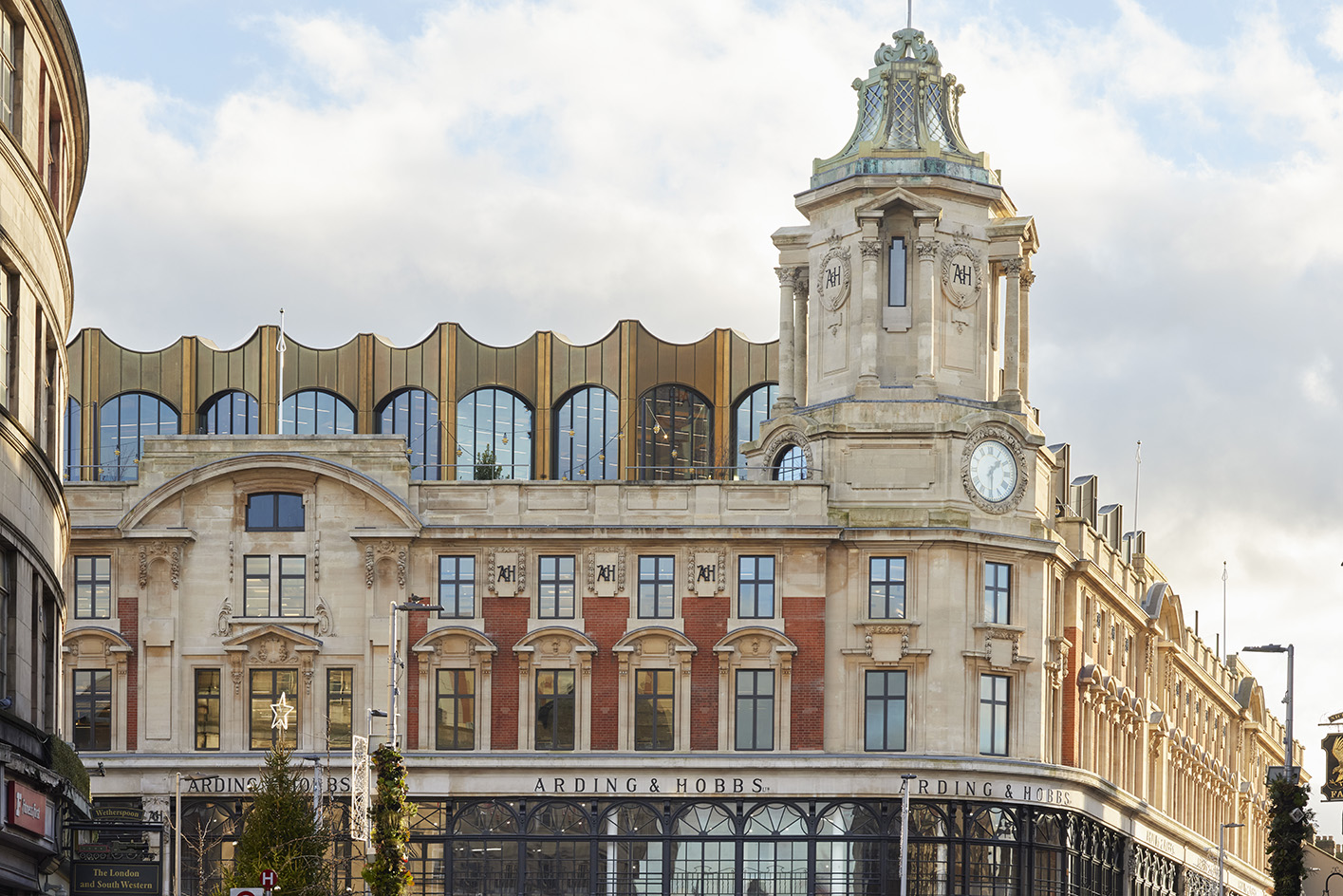
Some of London’s most iconic department stores are, quite literally, being given a new lease of life. The city’s most coveted shopping destinations, many of which were devastated by seismic shifts to brick-and-mortar retail, are opening their doors once more. But the shop floors and hanging rails have largely gone. In their place are residences, workspaces, gyms and restaurants.
There's Foster + Partners' £1.5 billion redevelopment of Whiteleys, a famous shopping centre on Bayswater’s Queensway, which will comprise 139 luxury homes and a 109-room Six Senses Hotel. Then there's Clapham Junction’s Arding & Hobbs Building, a former Debenhams dating back to 1876 that's been transformed into a mixed-use office by Stiff + Trevillion. These buildings, among other examples popping up across London, show that department stores are prime for retrofit and redevelopment thanks to their sprawling footprints, unique aesthetics and longstanding brand recognition.
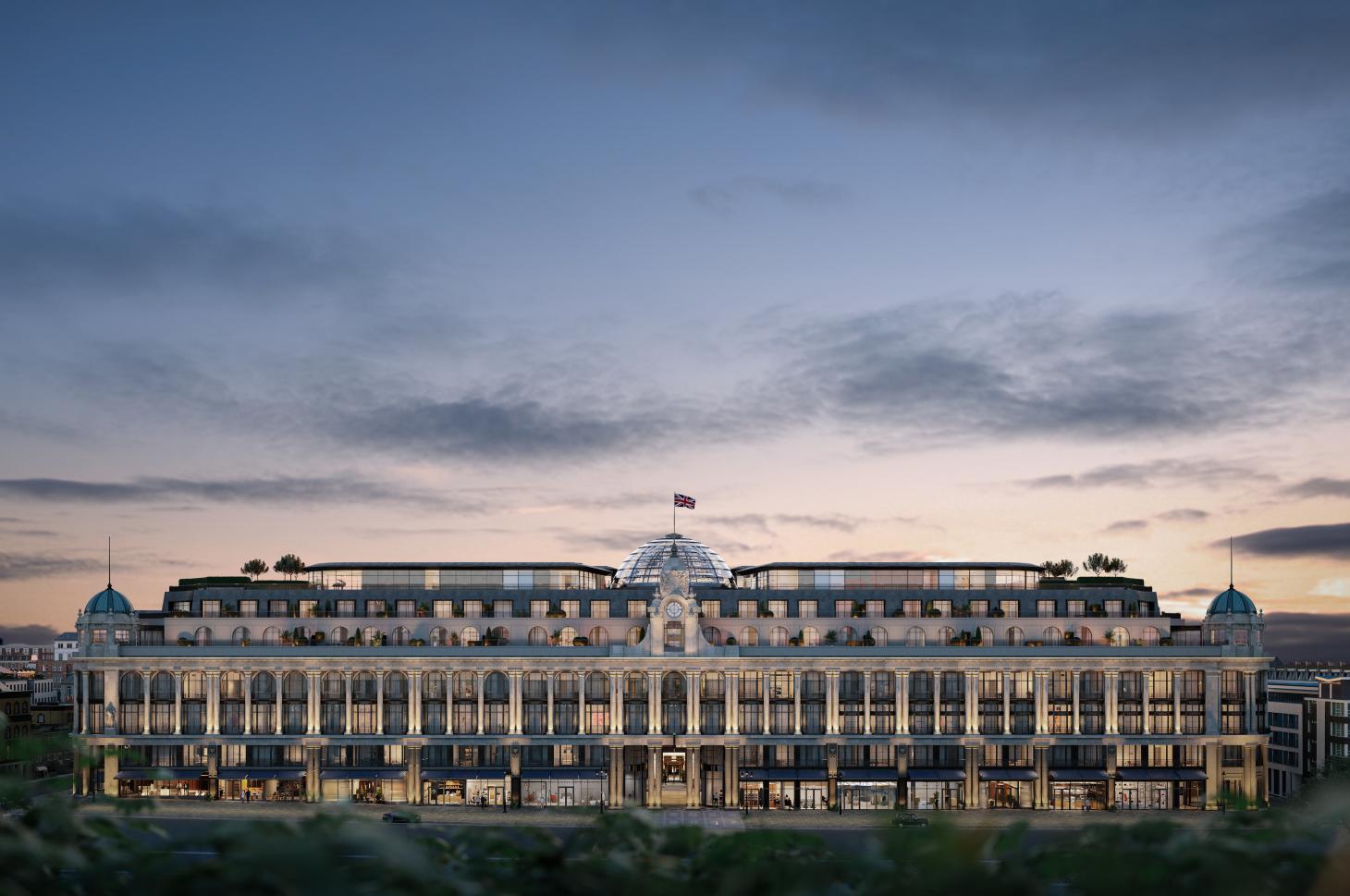
The Whiteley building, redesigned by Foster + Partners

Interior of The Whiteley's first show apartment, by Kelly Behun, as seen in the Wallpaper* issue of January 2024
The trend was arguably kicked off by Squire & Partners back in 2017 when it transformed a dilapidated Edwardian department store in Brixton into a workspace and community hub aptly named the Department Store. This was followed by developer General Projects’ £20 million transformation of the Heal’s building on Tottenham Court Road into the Manufactory, a 'next-gen workspace campus,' completed last March.
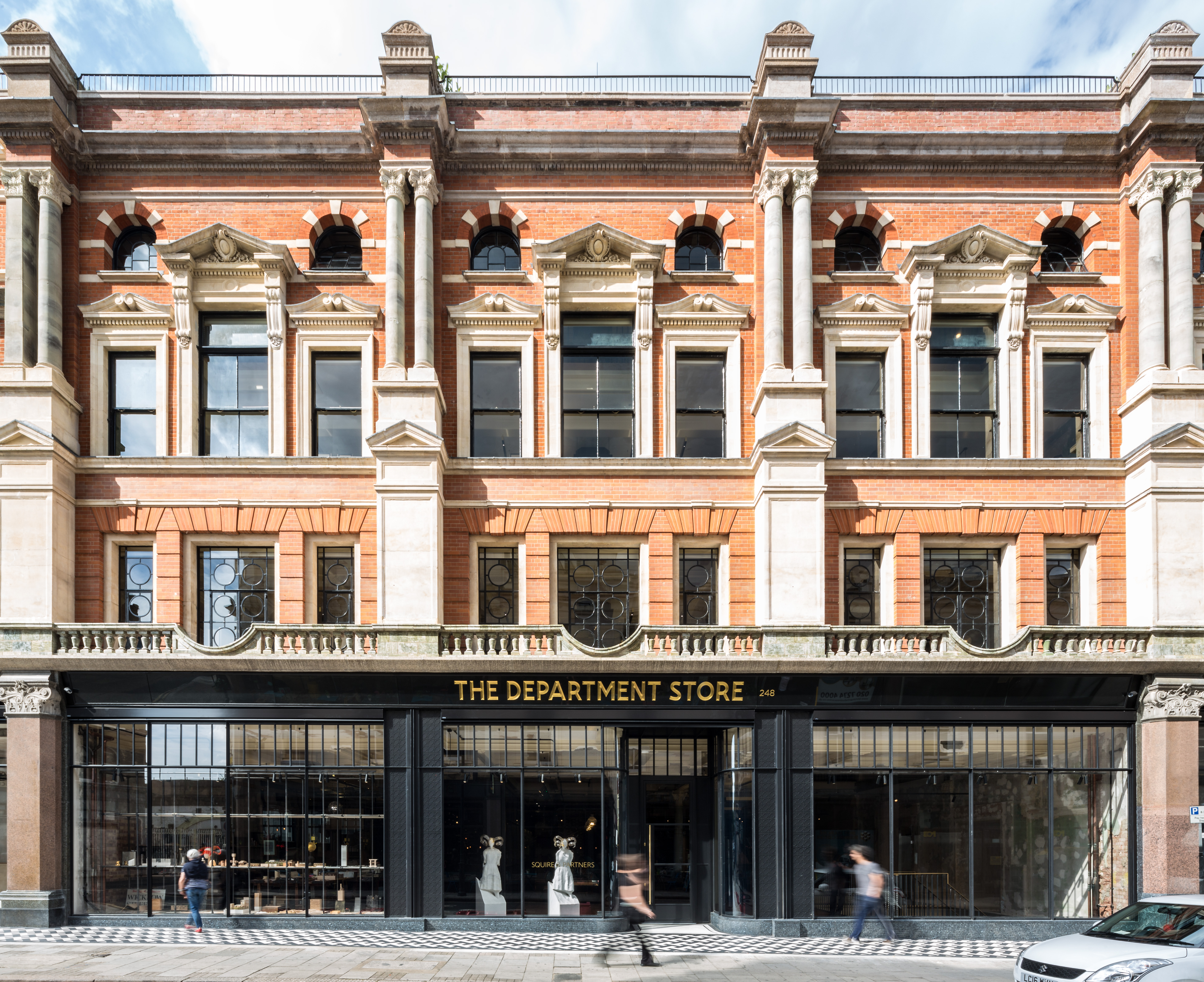
The Department Store by Squire & Partners
With the Whiteley Building and Arding & Hobbs joining the fold, it's clear that London’s great department store reinvention won't be slowing down any time soon. This trend is also proving the power of large-scale restoration in favour of demolition, despite the challenges that come with breathing new life back into the old bones of historic buildings.
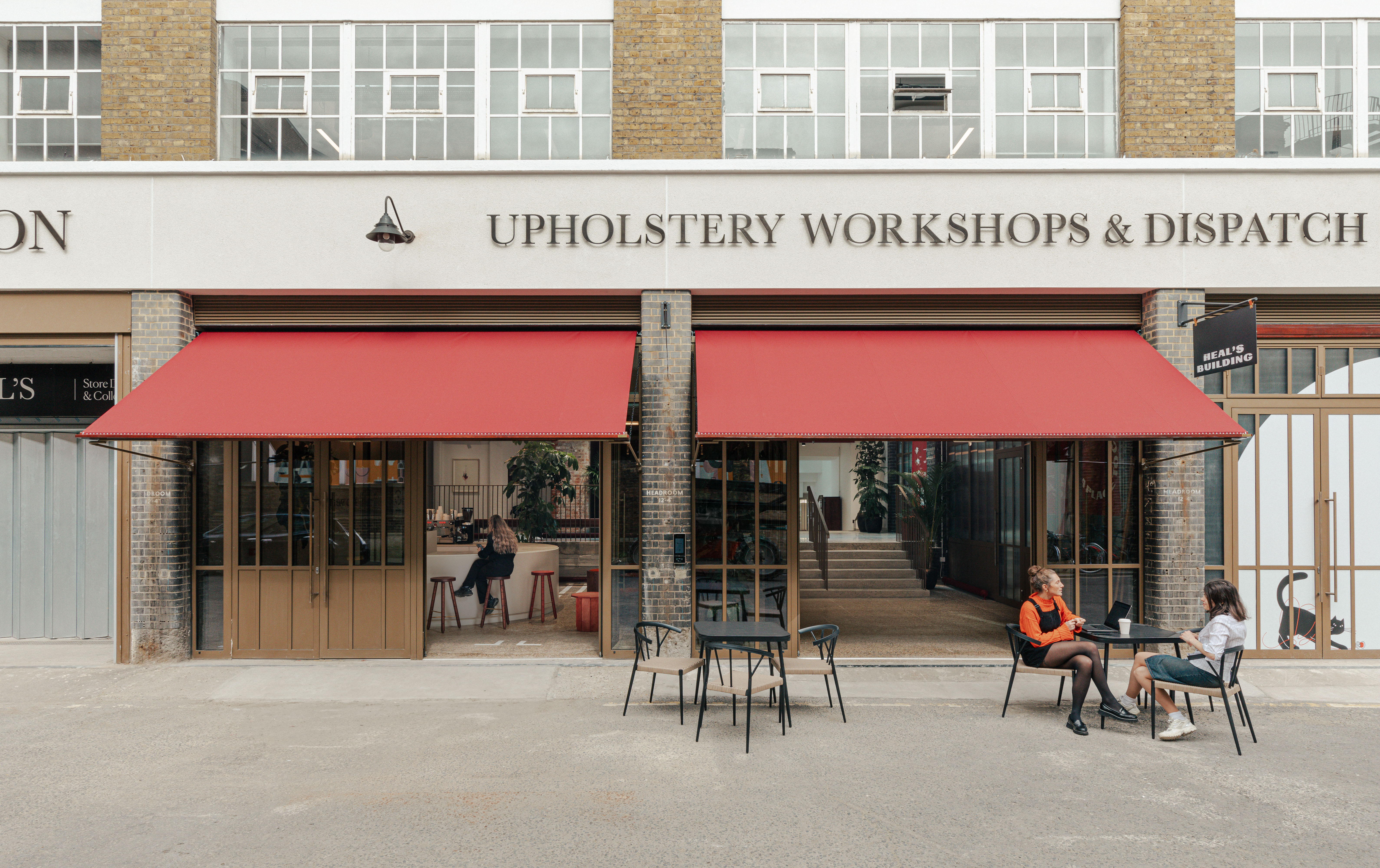
The redesigned Heal's by General Projects.
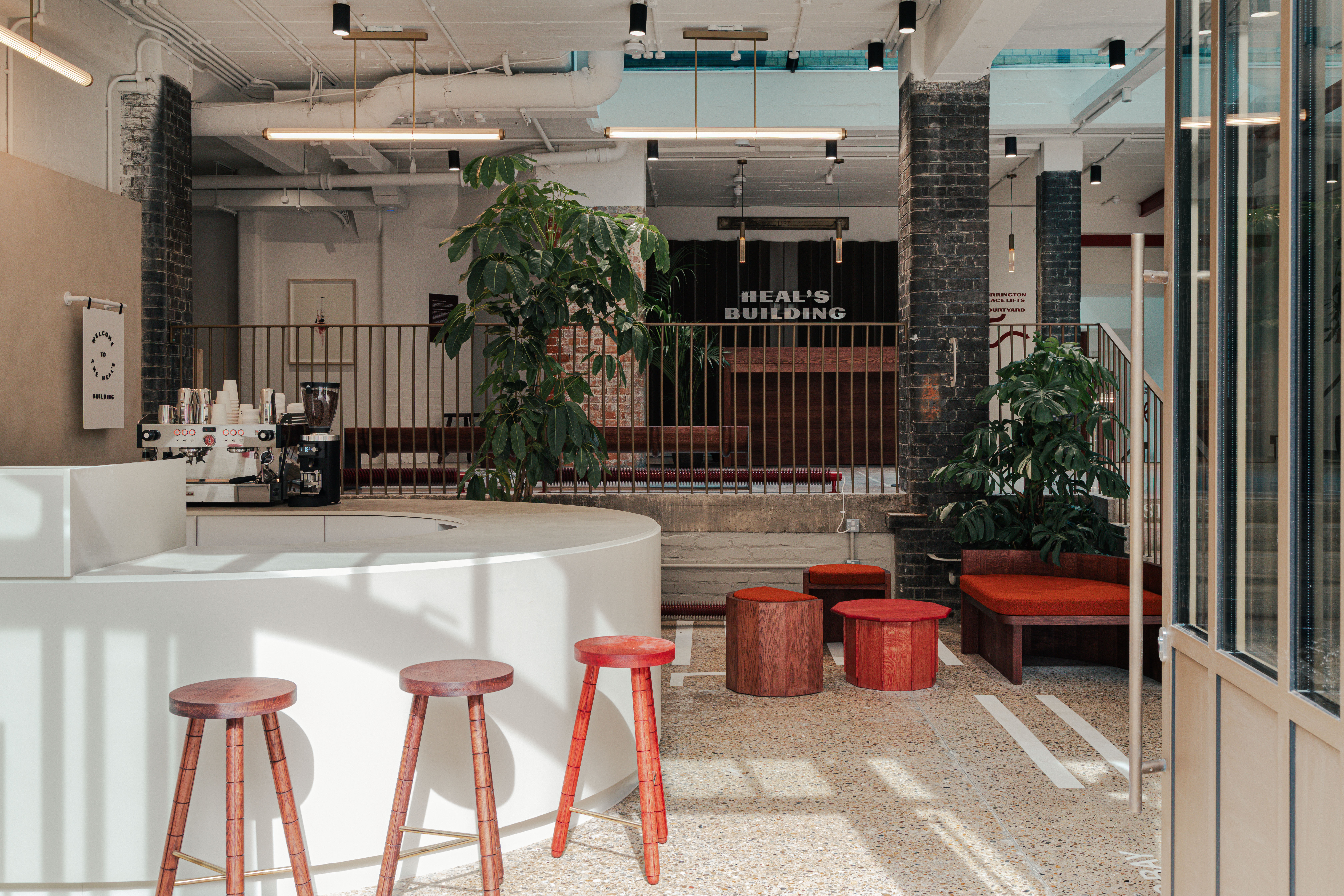
Ground floor communal space the reworked Heal's building
'This is a beautiful building with a 120-year-old façade,' says Alex Michelin, Founder & CEO of Valouran, one of the developers spearheading the reimagined Whiteley. 'It’s a London landmark. But restoration isn’t always straightforward. We couldn’t find anyone to restore the old, lead windows. We eventually found one guy who could do it, and we had to get him to train up other people to do it with him. It was worth it because, from a sustainability and aesthetics perspective, this was really important to us. But we had to create a whole new workforce to replicate the original windows in a modern way.'
It has been a similar story for the team behind Arding & Hobbs, which, in its new iteration, features workspaces, a rooftop terrace, an indoor escalator kept from its department store days and a private member’s club set to open this month.
These uses, says Sascha Lewin, chief executive of commercial property specialist W.RE and the developer behind the project, have been carefully and deliberately curated given the nature of the structure and the complications that can arise when a historic building is restored rather than rebuilt from scratch.
Receive our daily digest of inspiration, escapism and design stories from around the world direct to your inbox.
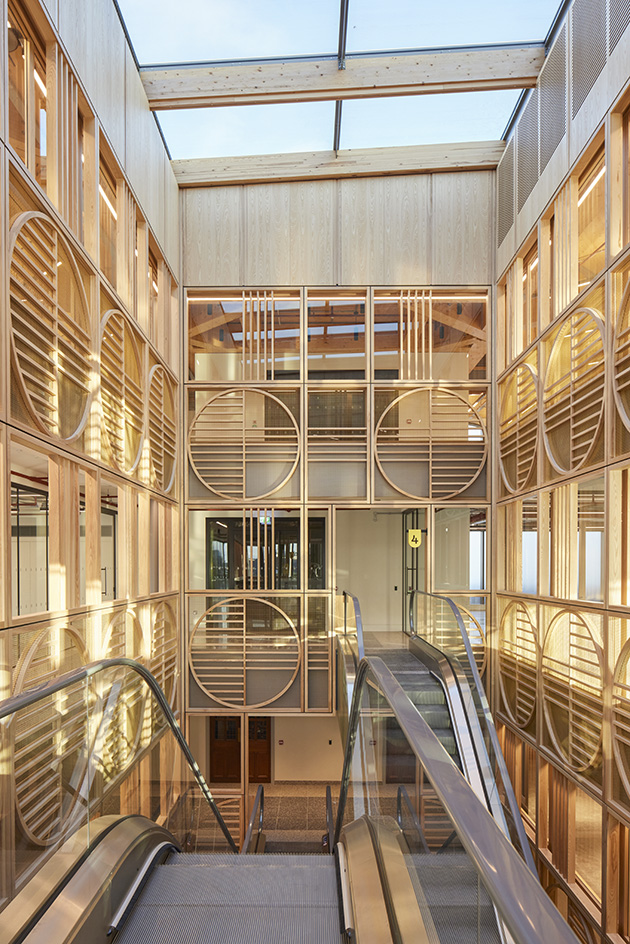
A view inside the redesigned Arding & Hobbs. The interiors show off a new timber-wrapped core.
'The building is architecturally stunning, but the reality is that these are difficult buildings to reposition in terms of uses,' he says. 'They are often quite deep without much natural light, the cost of conversion is high, and the value proposition really needs to stack up. That’s why we have focused on developing for commercial rather than residential tenants. It has been quite a tricky building to work with, but at its core, it had these unbelievably beautiful historic features both externally and internally.'
And those, he says, were worth salvaging.
As for what this approach to large-scale development could mean for London’s historic buildings more widely, there are already stories of similar restorative projects beyond defunct department stores emerging.
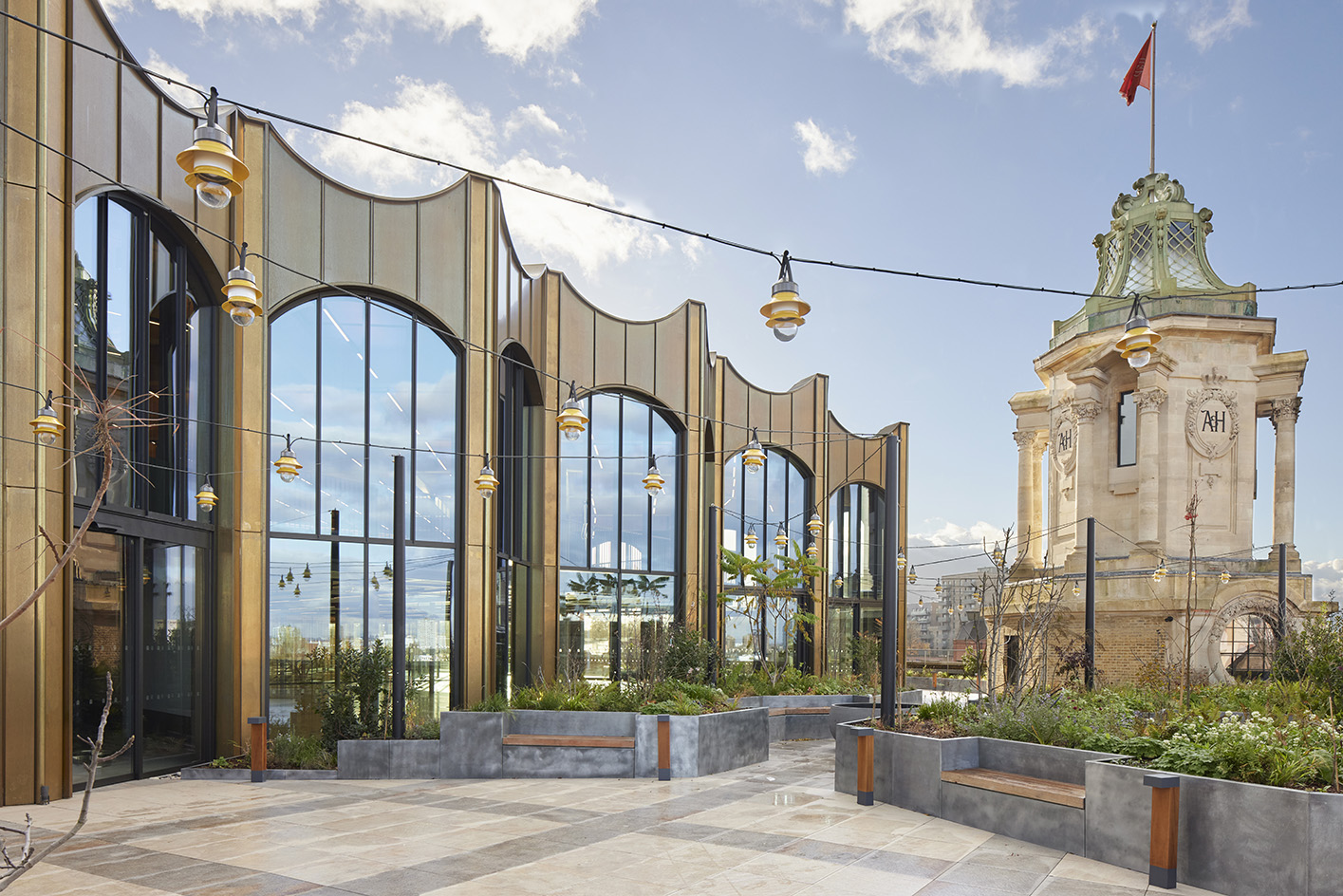
The redesigned rooftop of Arding & Hobbs.
Walworth Town Hall, a regal Victorian building in south London, is a prime example. The building sat vacant for more than a decade, after being severely damaged in a 2010 fire. Now, it has a new life as a community, business and cultural centre.
'As such an important cultural and heritage asset in the city, it was essential that a viable, long-term plan was implemented to reinvent it,' says Jacob Loftus, founder and chief executive of General Projects, the developer behind the building’s restoration.
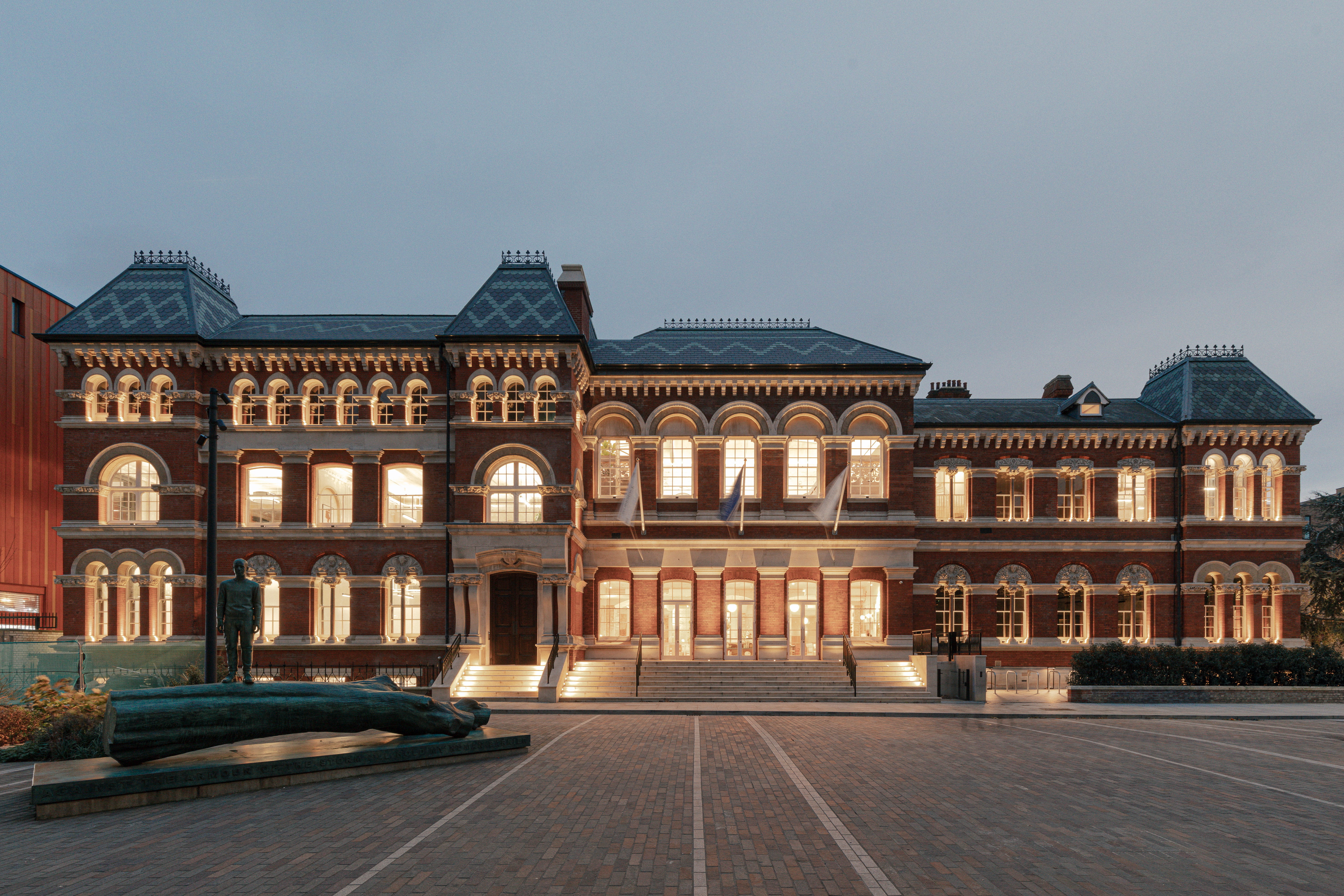
A view of the revitalised Walworth Town Hall.
'Commercial viability can be a challenge, but the success of Heal’s, Walworth Town Hall and many other examples prove there are ways to make these projects work,' he adds. 'With the right creativity, imagination and hard work, London’s former department stores, town halls and other prominent historic buildings can, and must, be restored, reinvented and protected for generations to come.'
Emily Wright is a journalist and moderator with over twenty years’ experience writing about and commenting on real estate, architecture, design and innovation. Formerly head of content and global editor at leading real estate title Estates Gazette, she now writes for a range of titles including Wallpaper*, The Times, Dezeen and The Spaces and has interviewed architects, developers and political figures including Zaha Hadid, Richard Rogers, Norman Foster, Terence Conran and Donald Trump. A passionate advocate for human-centred design she also writes Well-Placed, a monthly Substack focussed on the importance of places and spaces designed and developed with the end-user in mind.
-
 Rosewood is searching for the next generation of women leaders
Rosewood is searching for the next generation of women leadersThe Rosewood Foundation introduces ‘Rise to the Table,’ a fully sponsored initiative aimed at addressing the gender gap in the food and beverage sector
-
 All the new electric cars and concepts revealed at Munich’s IAA Mobility 2025
All the new electric cars and concepts revealed at Munich’s IAA Mobility 2025Munich’s alternative motorshow is now in its third iteration, combining a traditional exhibition space with a conference and large-scale public activations on the streets of the city
-
 Francis Kurkdjian is revealing the rarest version of Baccarat Rouge yet – and he’s only making 54 bottles a year
Francis Kurkdjian is revealing the rarest version of Baccarat Rouge yet – and he’s only making 54 bottles a yearÉdition Millésime is so exclusive, it comes with its own membership club
-
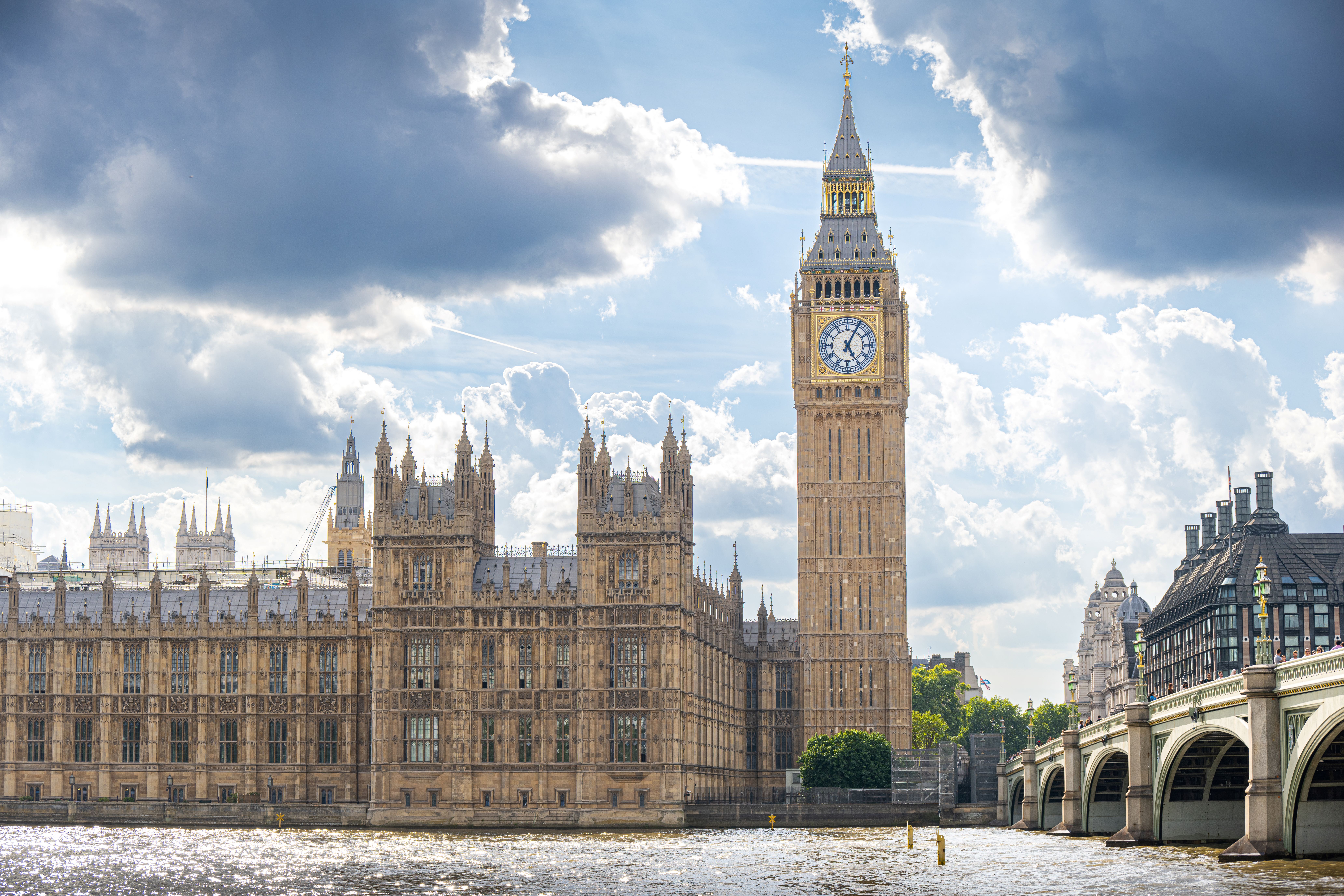 The wait is over – the RIBA Stirling Prize 2025 shortlist is here
The wait is over – the RIBA Stirling Prize 2025 shortlist is hereThe restored home of Big Ben, creative housing for different needs, and a centre for medical innovation – the RIBA Stirling Prize 2025 shortlist has just been announced, and its six entries are as diverse as they can be
-
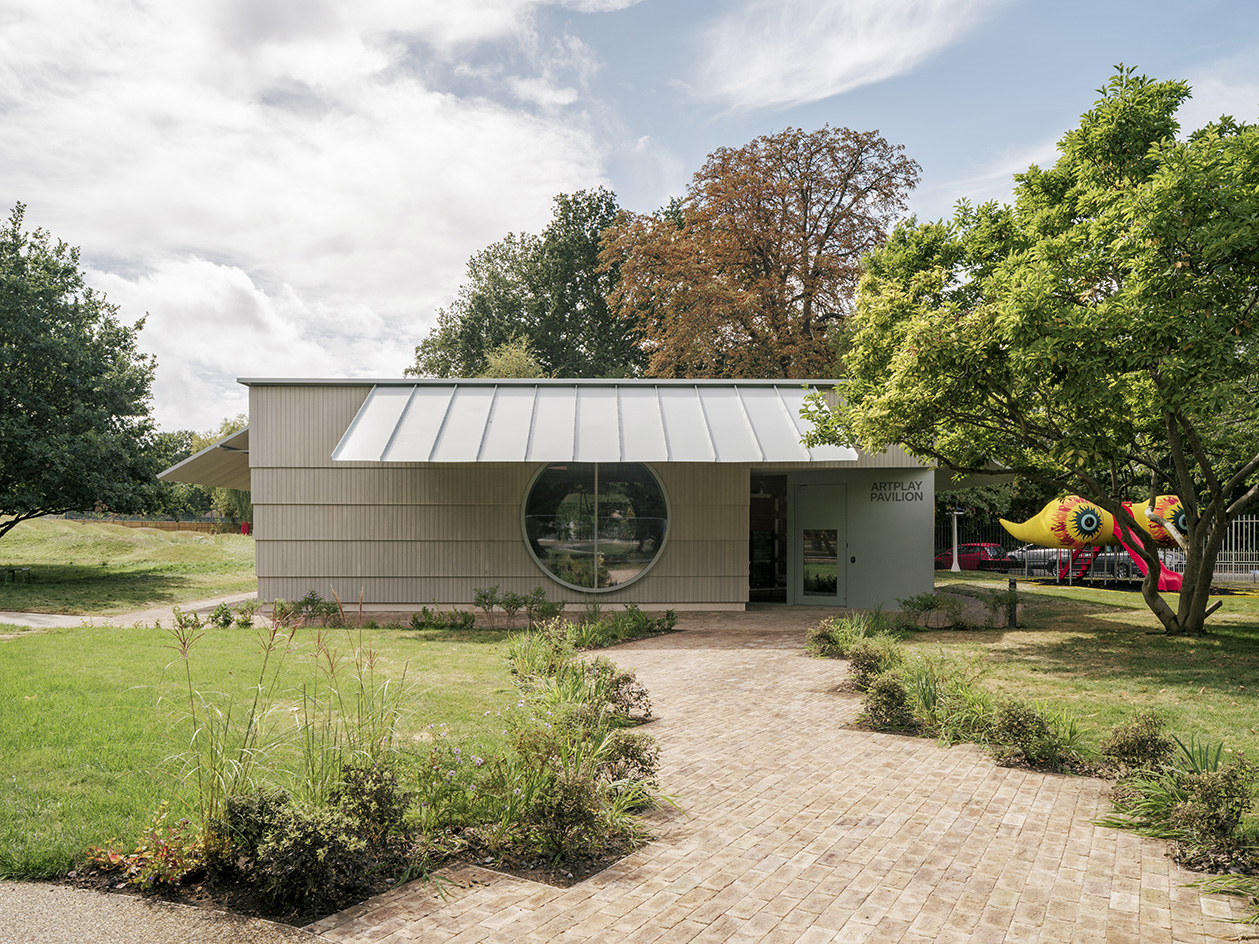 Slides, clouds and a box of presents: it’s the Dulwich Picture Gallery’s quirky new pavilion
Slides, clouds and a box of presents: it’s the Dulwich Picture Gallery’s quirky new pavilionAt the Dulwich Picture Gallery in south London, ArtPlay Pavilion by Carmody Groarke and a rich Sculpture Garden open, fusing culture and fun for young audiences
-
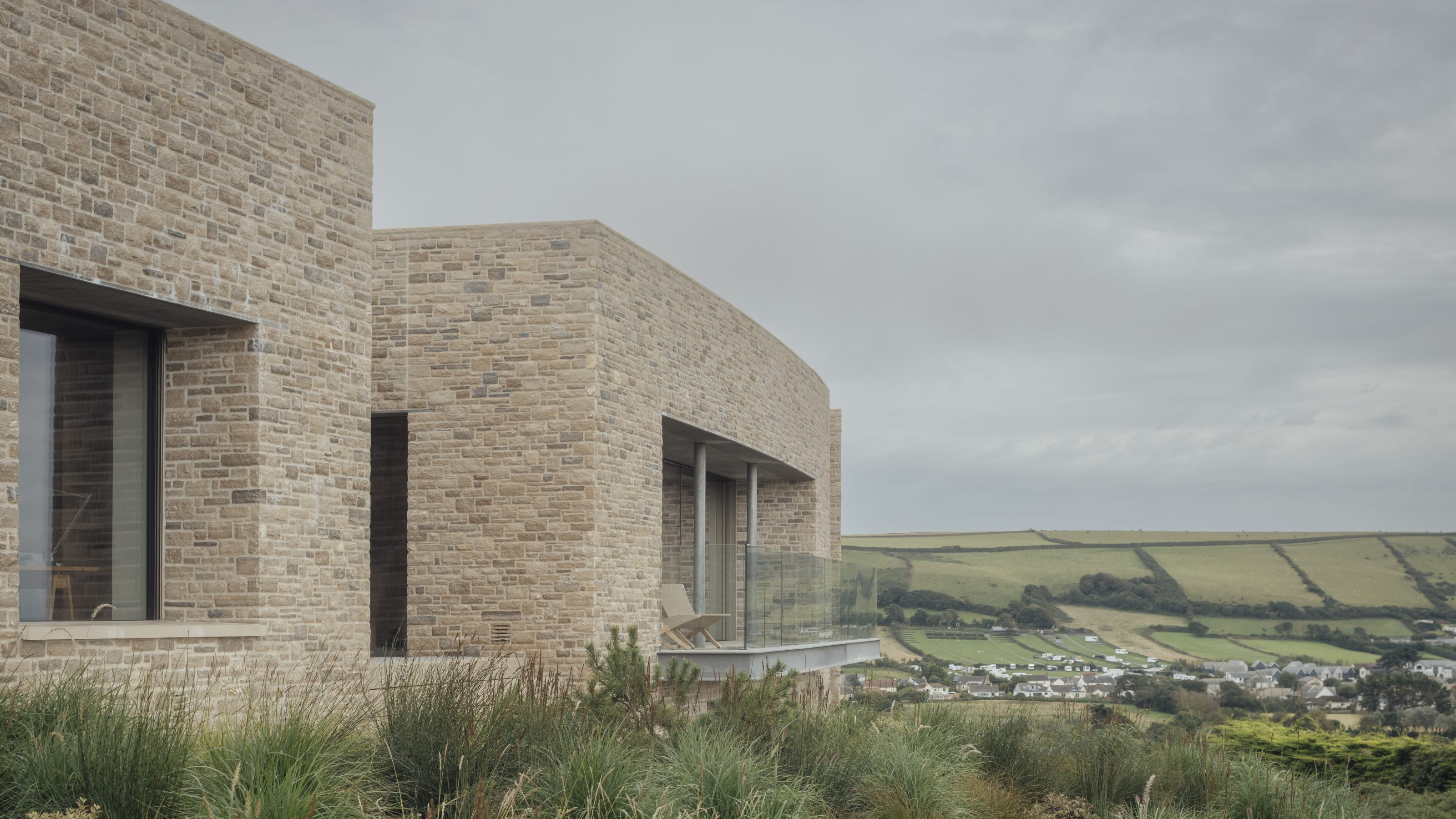 Bay House brings restrained modern forms and low-energy design to the Devon coast
Bay House brings restrained modern forms and low-energy design to the Devon coastA house with heart, McLean Quinlan’s Bay House is a sizeable seaside property that works with the landscape to mitigate impact and maximise views of the sea
-
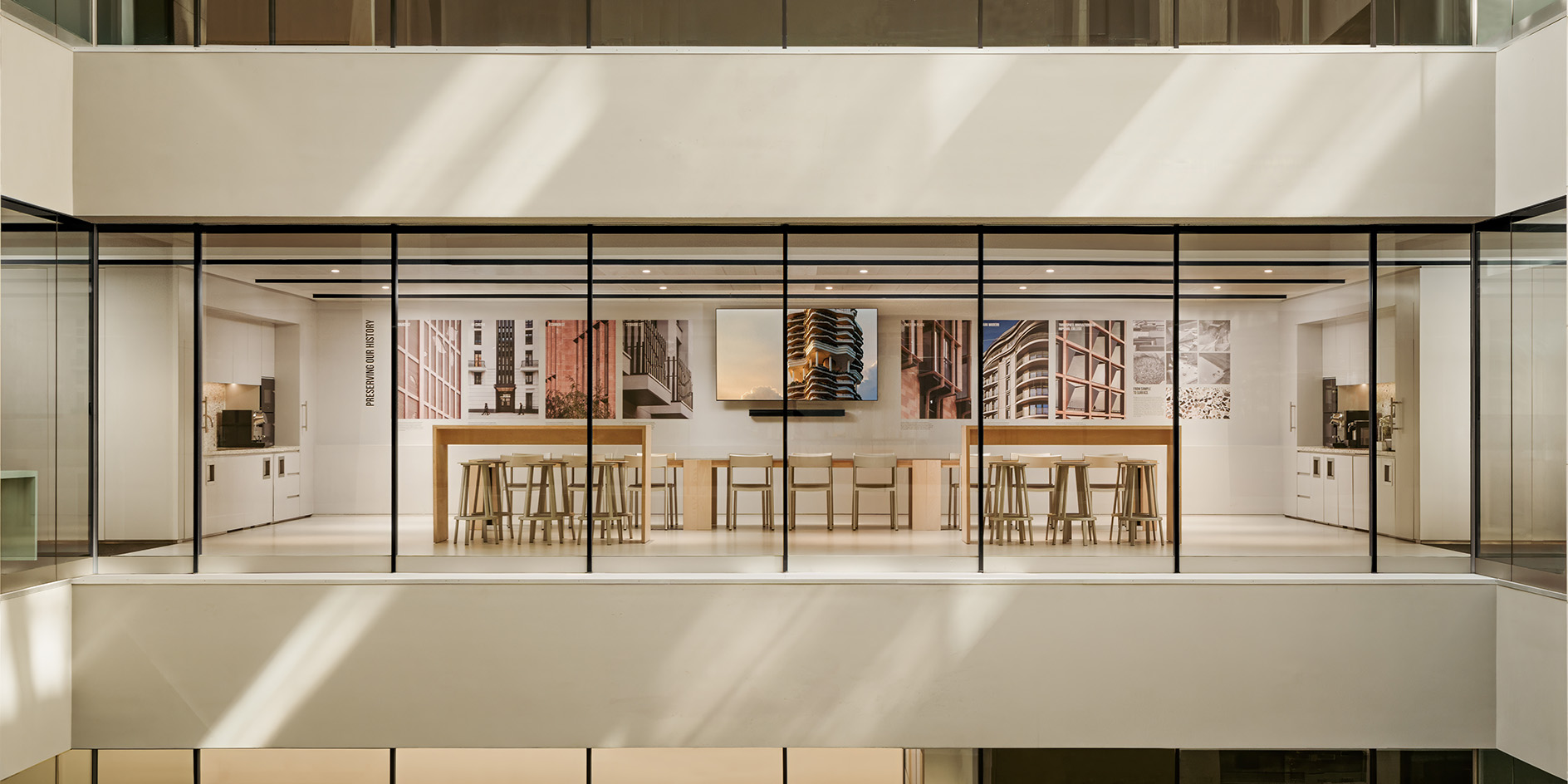 A whopping 92% of this slick London office fit-out came from reused materials
A whopping 92% of this slick London office fit-out came from reused materialsCould PLP Architecture's new workspace provide a new model for circularity?
-
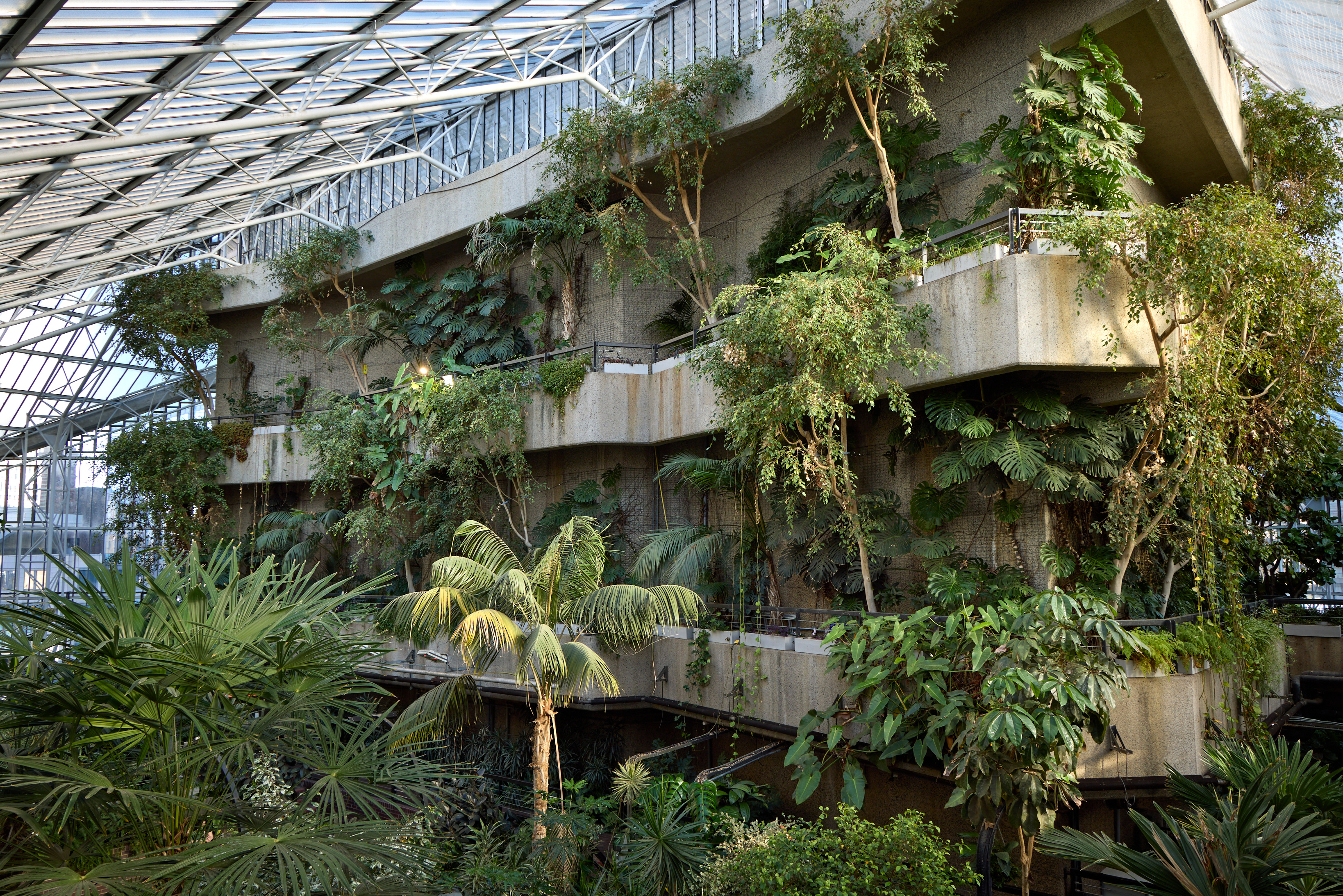 Meet the landscape studio reviving the eco-brutalist Barbican Conservatory
Meet the landscape studio reviving the eco-brutalist Barbican ConservatoryLondon-based Harris Bugg Studio is working on refreshing the Barbican Conservatory as part of the brutalist icon's ongoing renewal; we meet the landscape designers to find out more
-
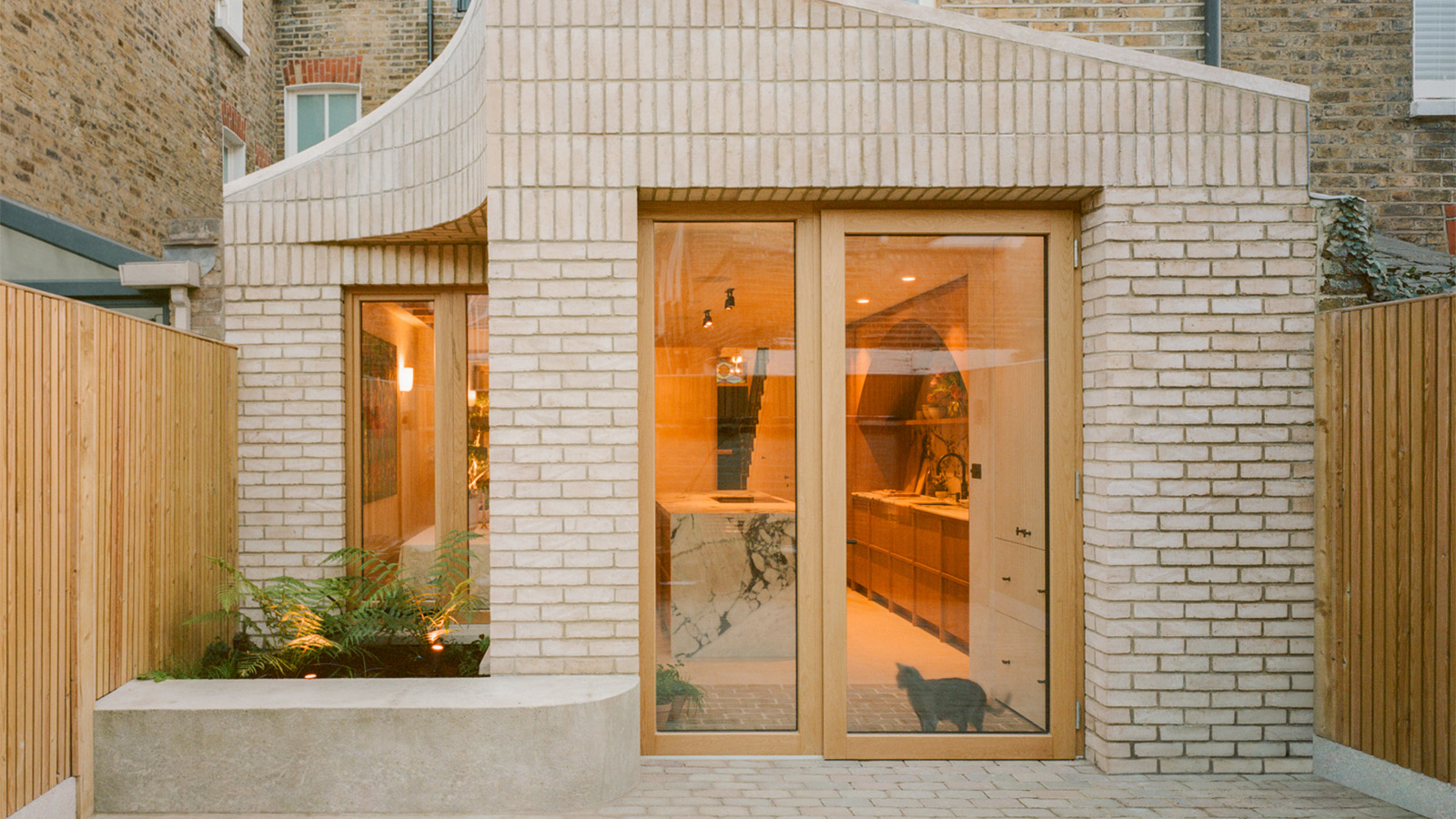 A refreshed Victorian home in London is soft, elegant and primed for hosting
A refreshed Victorian home in London is soft, elegant and primed for hostingSobremesa house by architects Studio McW shows off its renovation and extension, designed for entertaining
-
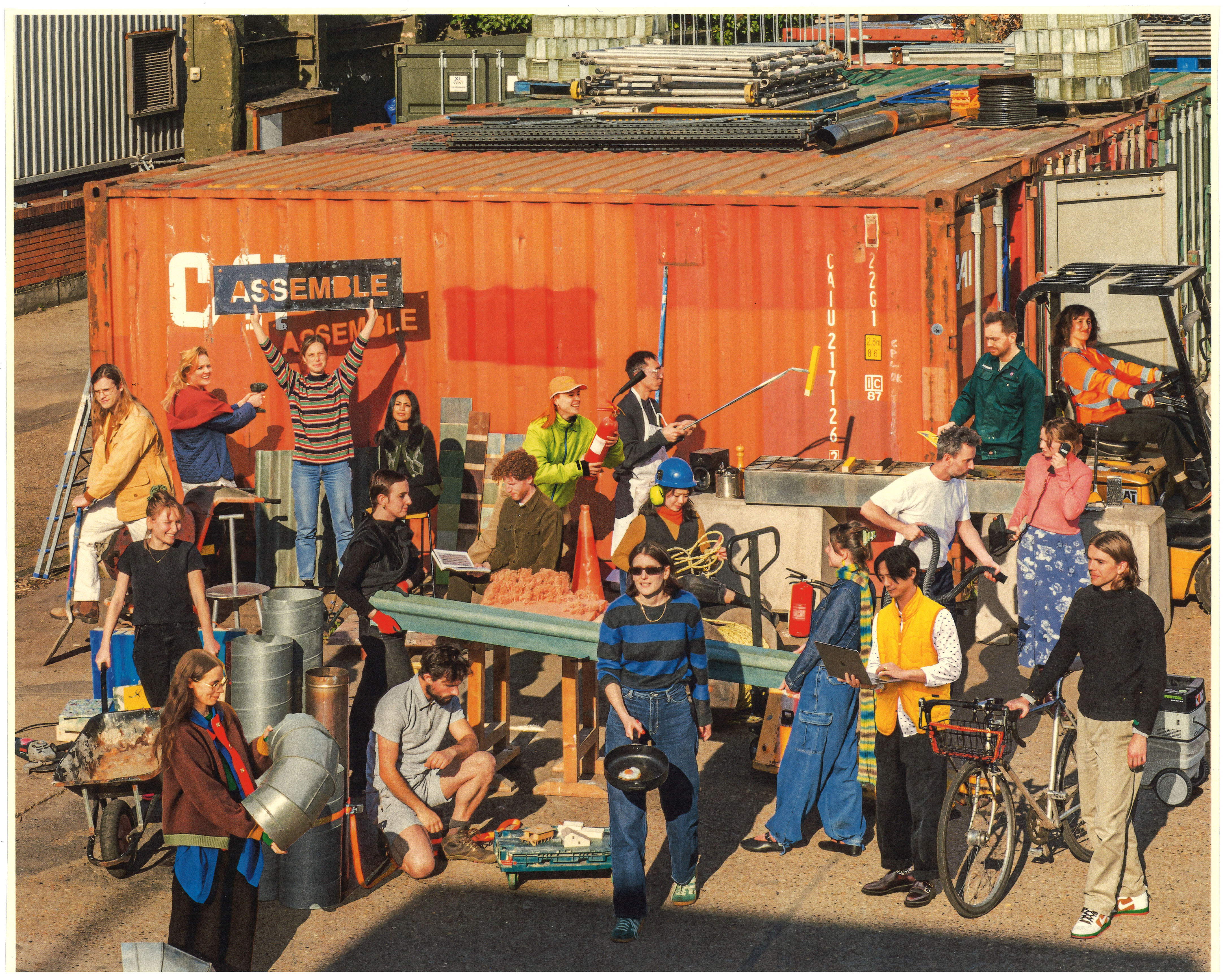 15 years of Assemble, the community-driven British architecture collective
15 years of Assemble, the community-driven British architecture collectiveRich in information and visuals, 'Assemble: Building Collective' is a new book celebrating the Turner Prize-winning architecture collective, its community-driven hits and its challenges
-
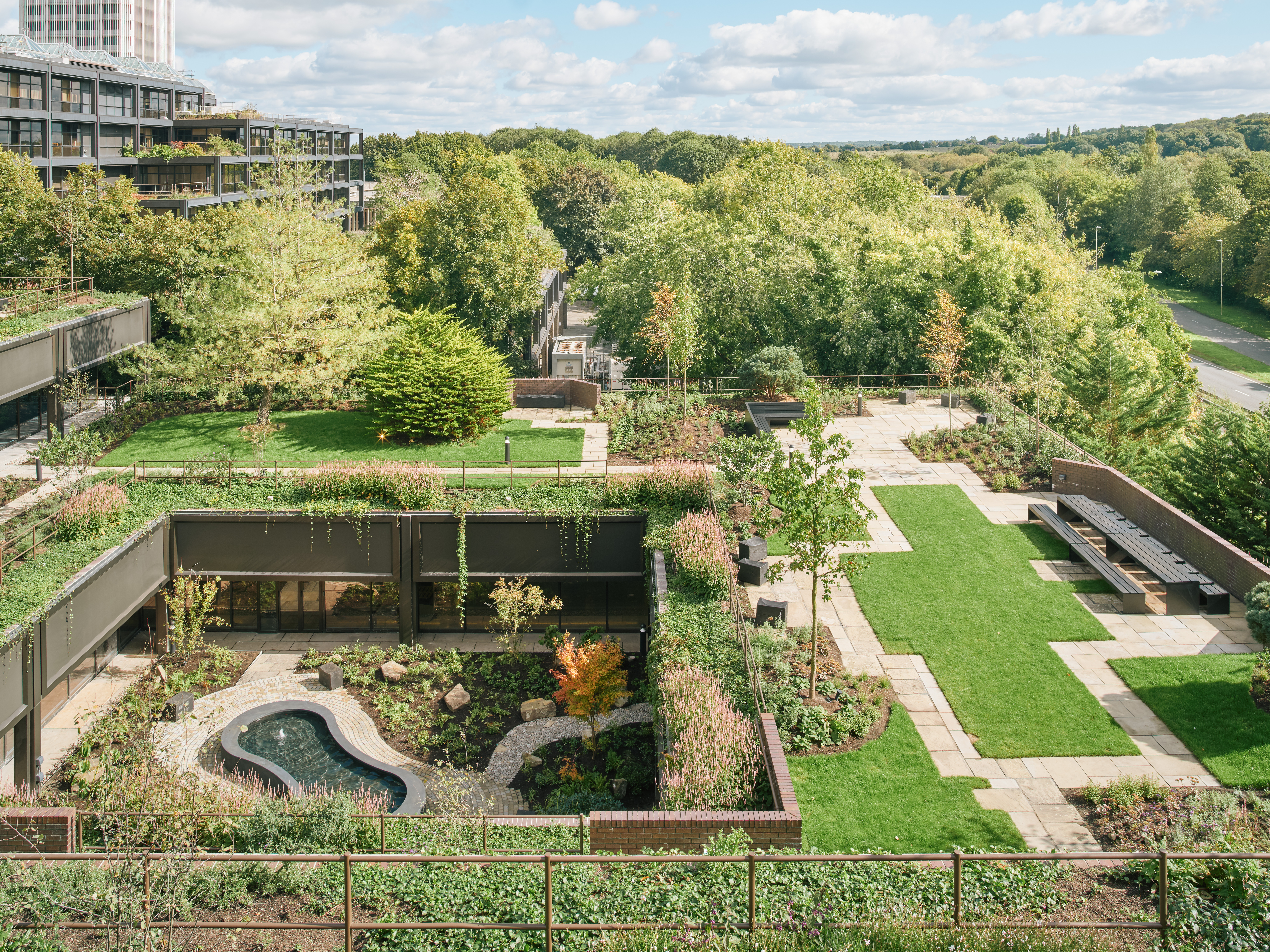 Meet Studio Knight Stokoe, the landscape architects guided by ‘resilience, regeneration and empathy’
Meet Studio Knight Stokoe, the landscape architects guided by ‘resilience, regeneration and empathy’Boutique and agile, Studio Knight Stokoe crafts elegant landscapes from its base in the southwest of England – including a revived brutalist garden